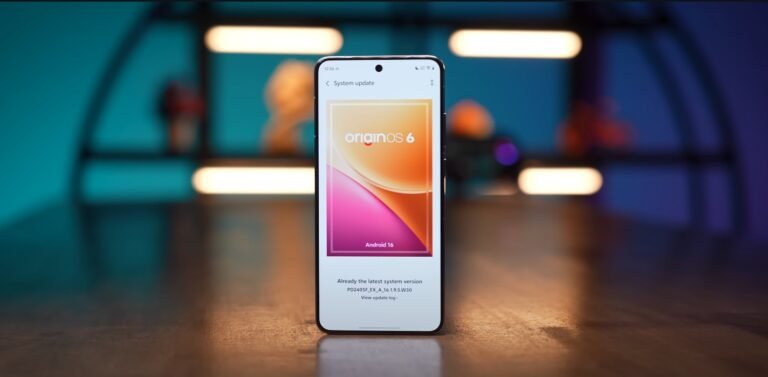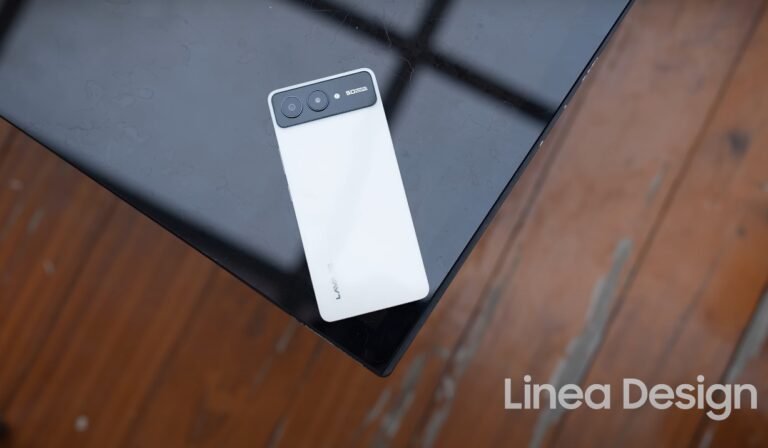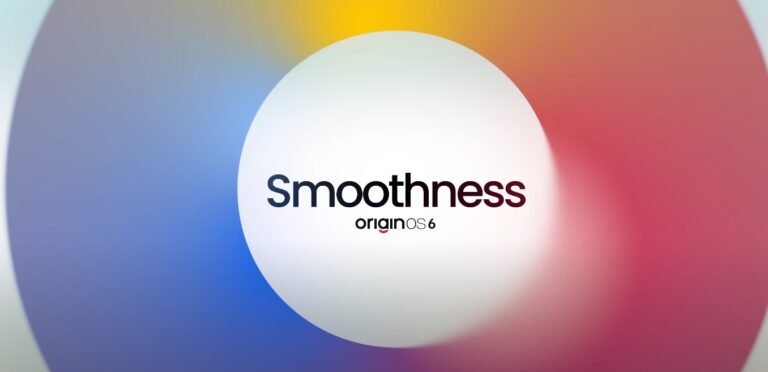OPPO Find X9 Pro camera zoom debate: 200 MP sensor and optional teleconverter kit

Breaking Down the Zoom Capabilities of the OPPO Find X9 Pro
The OPPO Find X9 Pro has become one of the most talked-about flagship cameras this year, largely because of its unusual approach to zoom. With a 200MP telephoto sensor and an optional teleconverter kit, the phone aims to deliver a level of detail and reach that rivals traditional camera hardware. But how well does it work in real-world conditions, and is the debate around its zoom justified?
At the centre of the discussion is the 200MP telephoto camera. Unlike most smartphones that use ultra-high-resolution sensors only for the main lens, OPPO applies this to its zoom system. The result is a telephoto camera capable of capturing huge amounts of detail at lower zoom levels, producing sharp images between roughly 3× and 6×. This approach helps bridge the gap where many phones begin to struggle.
The Find X9 Pro also supports extended zoom by cropping into that large 200MP frame. This enables “lossless” zoom up to a moderate level, giving users cleaner results compared to standard digital zoom. However, once you push beyond those mid-range zoom levels, quality naturally begins to dip, and that’s where the optional teleconverter accessory comes in.

The teleconverter kit effectively adds an external optical element to the camera, increasing its zoom capability without relying solely on cropping. With this attachment, the phone can achieve much stronger zoom performance around the 10× range and beyond. In bright daylight, the difference can be significant, providing more clarity and better retention of detail than the built-in digital zoom alone.
Still, the kit introduces practical issues. Attaching it adds bulk, covers parts of the camera module and requires a case designed to hold the accessory. It also reduces the phone’s convenience as an everyday carry device. For many users, carrying an external attachment defeats the purpose of smartphone photography’s simplicity, especially unless they frequently need long-distance shots.
Another part of the debate touches on stability. Capturing at the full 200MP resolution or using the teleconverter at higher zoom levels slows down processing and increases the risk of motion blur. In some situations, users may need to hold the phone very steady or use a surface to support it. Low-light zoom performance also remains a challenge, as high-zoom shooting always depends heavily on strong lighting.
Despite these trade-offs, the Find X9 Pro offers excellent performance in everyday zoom scenarios. Between 1× and around 6×, it consistently produces sharp, detailed images that rival competitors. The telephoto sensor’s size and OPPO’s processing make this a strong zoom phone even without accessories.
The question then becomes whether the Find X9 Pro is a true zoom champion. For users who value convenience and shoot mostly in moderate zoom ranges, it’s one of the best options available. For those who want long-range zoom without carrying extra gear, devices with built-in periscope lenses may still make more sense.
In the end, the OPPO Find X9 Pro pushes smartphone zoom technology forward with its 200MP telephoto system and optional teleconverter kit. It delivers impressive results, sparks healthy debate and shows how brands are experimenting with hybrid approaches to bridge the gap between smartphones and dedicated cameras. Whether it’s the right choice depends entirely on how much zoom you truly need and how much effort you’re willing to invest in getting the perfect shot.






